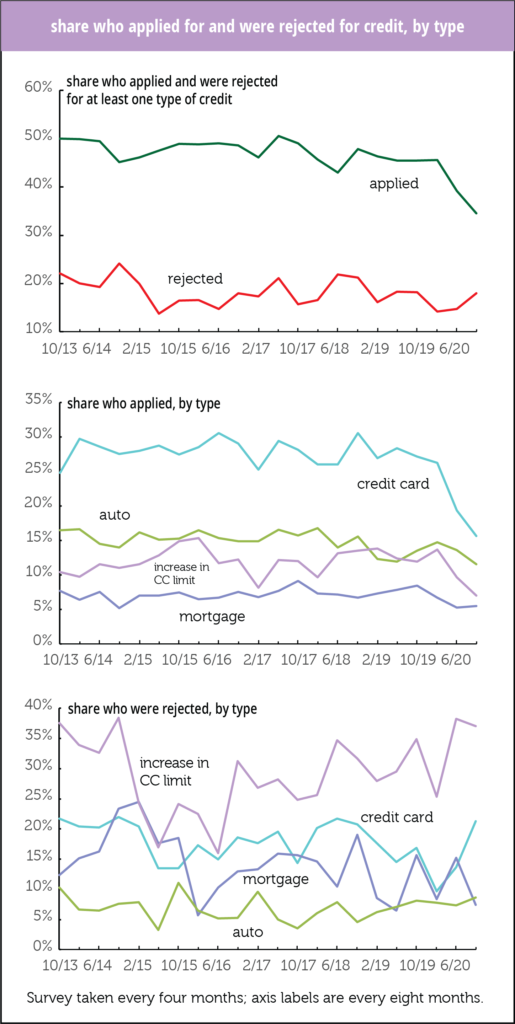Lost Pages: Eroding our confidence in public data
The effects of a recent executive order purging advisory boards working with federal agencies include dismantling the Bureau of Labor Statistics’ Technical Advisory Council, and Data Users Advisory Committee. Boards advising Census and the Bureau of Economic Analysis were also dismissed.
These advisors are experts in their fields, with broad understanding of the BLS’s different series, and their strengths and idiosyncrasies. They have significant experience in sample design, modeling, analysis and interpretation of large structured and unstructured data sets, formulating survey questions, and accessibility. In addition, they advise on technicalities, and on changes in what data users need, and on new series that would be more relevant in our changing economy, and less relevant series that could be trimmed, especially important as the BLS is chronically underfunded. The TAC specifically excludes anyone subject to federal registration requirements covering lobbyists. Terms generally last two years, and board members provide their expertise and guidance for free.
We cribbed some of that text from the BLS’s page on the committees yesterday. Today that page is gone.
Of course, accurate data is critical both to policy makers striving for rational outcomes in our disjointed economy, and to investors. Neil Dutta recently highlighted the importance of our federal data, calling it the gold standard, and wondering what a glitch in one of our major economic reports would do to global markets. He’s far from the first analyst to do so.
In an interview with Politico’s Weekly Shift, former BLS commissioner Erica Groshen points out that if senior BLS leadership were to be suddenly serving at the “pleasure of the president,” that might make BLS statisticians afraid to point out data points they consider statistically unsound. And we’ll add that if it became known that the BLS had been politicized, that itself might rattle confidence, built as it is on a fragile structure.
There are always complaints, especially when the actual release throws egg on your forecast’s face. (Don’t tell anyone, but we’ll admit to guiltily checking the birth/death model on such mornings.) In the last decades the tenor of those complaints has become increasingly alarming, including accusations of outright fraud. When asked if the public would have a way of knowing if there were erroneous data, Dr. Groshen, with her usual candor, responded that in addition to ensuring that “every tax dollar is well spent,” by advising on most appropriate technologies, and allowing data users themselves to have a voice, the advisory boards provide transparency. “…if there were attempts to manipulate BLS in some way that was unprecedented, illegal [or] something inappropriate, it would be more obvious in the context of the give and take of an advisory committee than in many other ways.”
Over the years, to address legitimate complaints, say about lagged data, Dr. Groshen has promoted ways to restructure our statistical sources to provide more timely and granular data. Her widely supported suggestions include funding the Department of Labor to reframe the weekly UI claims reports to function as an economic indicator instead of the administrative record those reports were built to be, and to publish the full data set based on UI data, the Quarterly Census of Employment and Wages, with a shorter lag. Despite the complaints, apparently there’s no money for that.
According to Dr. Groshen, in disbanding the TAC, we “lose one more means to counteract baseless accusations…one more means to communicate exactly what you did and why,” and to clarify questions. “I would say that if an administration wanted to try to manipulate data, then they would not want to have these advisory committees around.”
Business owners in the Capitol region are hiring uprooted federal workers, and offering perks, like free yoga classes, discounted degree programs, and medical care for their pets, acknowledging that the “federal workforce is a wildly important part of our economy.”
There will be no free yoga classes or any other form of enlightened self-interest that will offset the damage caused by the degradation of our public data sources. Come to think of it, on the first Friday of the month, instead of fielding calls from clients who suspect the employment report has been manipulated, we may all be wondering about that ourselves.








